The Big Question
This month’s question is: ‘How was your church affected by WW2 (the Second World War)?’
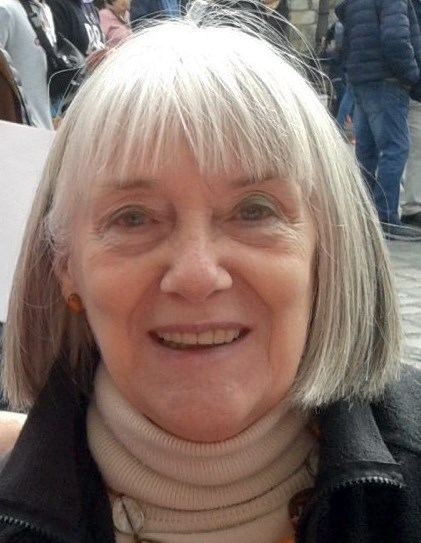
Dorothy Nitsche, elder, Scots Kirk, Paris
“In WW2 the Rev Donald Caskie was minister of the Scots Kirk Paris.
“He was called to Paris in 1935 but in 1940, with the occupation of Paris, it was clear that he would have to leave.
“In his book, The Tartan Pimpernel, he describes how at the end of the service: ‘I locked the doors of the Scottish Kirk and to my very faithful friend, M. Gaston the proprietor of the café next door, gave the key of the church for custody.’
“Then he ‘joined the great Exodus’ out of Paris.
“However, he felt impelled to stay in France and reopened the Seamen’s Mission in Marseilles, helping Allied servicemen survive and escape.
“His many adventures during the war were put to good use after it, as the Scots Kirk in Paris had suffered greatly during the war years.
“ Not, as might have been expected, from misuse, but because M. Gaston had protected it too well!
“The key was ‘lost’ for the duration of the war and when it was ‘found’ and the church reopened, rot had set in and the church was in a dangerous condition. The proceeds of the book helped finance the rebuilding of the Scots Kirk on the same site in the 1950s and again in the 1990s when the post-war building was found not to conform to present-day norms and had again to be rebuilt.
“The present church has a special display in memory of the Rev Donald Caskie.”
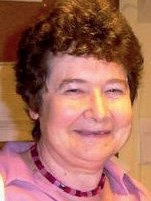
Alison Tulloch, Session Clerk, Church of Scotland, Geneva
“Before WW2, the Church of Scotland in Geneva did not have permanent ministry, but relied on a mixture of locums from Scotland and locals such as the Rev Robert Mackie, who had worked in Scotland for the Student Christian Movement before his appointment as Secretary General of the World Student Christian Federation in Geneva in 1938. At the outbreak of war there were 40 Church of Scotland members and adherents in Geneva but the number had dropped to 16 by 1944.
“In 1940 the congregation decided not to hold onto reserves and contributions were sent to Protestant relief organisations in France and Belgium, food parcels were sent to a Jewish refugee in France and to the Rev Donald Caskie in Paris, and hymn books were sent to a camp for British prisoners of war captured in Greece and on the island of Crete.
“Although Switzerland was neutral, there was a real fear of invasion after the fall of France in 1940. Because Geneva is surrounded by France it was seen as indefensible; the first defence line of triangular concrete blocks, which still stands and is popularly known as the Toblerone line, is some 20 miles into Switzerland beyond Geneva. The threat of invasion was no doubt why, in July 1940, Robert Mackie, his wife and young son, made their way through occupied France to Spain and Portugal and hence to WSCF’s temporary office in Canada.
“He returned to Geneva by early 1945 and again played a major role in the life of the congregation until he leftGeneva in 1955. By that time the congregation had increased and full time ministry started in 1956.”
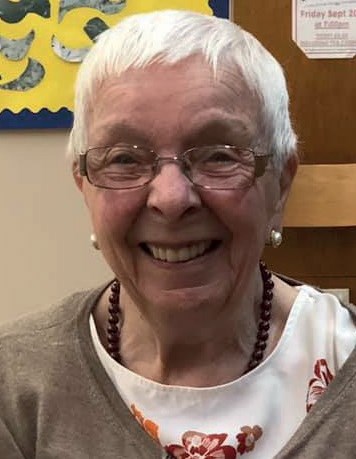
Isa McKenzie, member, Clydebank Waterfront l/w Dalmuir Barclay.
“My mum and dad had been married for 27 years and, like many others, they lost everything in the Clydebank Blitz. Churches became sanctuary for people who had lost everything that they had owned. Following the bombing, churches of all denominations rallied round to offer support. St James’ was sadly used as a mortuary and the West Church was used as a shelter for the injured and a safe place to get a warm drink and food.
“A lot of people were evacuated to Alexandria and the Dumbarton area. We were not told where we were going, but found ourselves in the local parish church. We spent two weeks there, sleeping on the floor of the church hall – I remember having to queue in the morning to get washed! The people of the parish and congregation were very helpful at bringing food and clothing to help those who had nothing. The blitz happened on a Thursday and Friday night and on the Sunday morning the churches were open as usual, offering worship and prayers.
“We ended up in New Stevenston for two years, during which time we did not go to church – we were living in limbo. It was wonderful to come home, reconnect with our family and friends and return to some sort of normality. A big part of that was going back to our home church – a place of sanctuary and love after the aftermath of war, which really helped the healing to begin.”
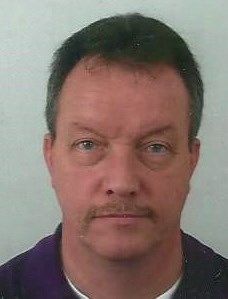
Ruud Witte, elder, Scots International Church, Rotterdam
“The Scots kirk in Rotterdam was bombed in the early days of May 1940. The church building which had stood at the banks of the river Maas for 200 years was completely destroyed in just a few moments.
“Everything was gone but the safe. People of the congregation came to the rescue. They went to what once was the cellar of the building as quickly as possible. They secured the contents of the safe. Not only communion cups and plates, but also boxes full of folders with baptism records and eg minutes of the meetings of the consistory or kirk session.
“For the Scots kirk in Rotterdam – now the Scots International Church – that turned out to be an act of great importance. They weren’t just folders with papers. It was in fact 300 years of our church history. The Scots kirk in Rotterdam was founded in 1643 and thanks to these brave people we know even today the official date: September 11 1643. Because even the minutes of the very first kirk session were saved. A copy of these minutes is on display in our church building.
“As said, the building was destroyed, but just over five years after the war a new church was build at another place in the city centre. So, after 375 years there still is a Scots kirk in Rotterdam. Not so many Scots in our congregation, but since our services are in the English language we still attract people, members and visitors alike.”
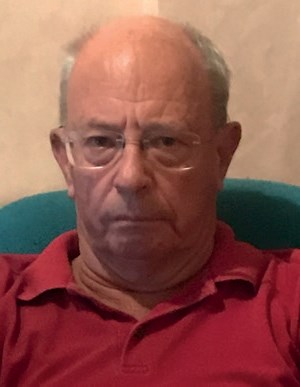
John McGhie, Treasurer, St Andrew’s Church, Rome
“What was the impact of WW2 on the Church of Scotland congregation in Rome?
“An interesting and revealing question.
“The Church of Scotland in Rome occupies a prime site next to and in front of the Ministry of Defence. (Even after my arrival in the 1970s it was known as the Ministry of War)
“Italy entered the war on June 10 1940.
“We have records of Deacons Court meetings in November 1939 and January 1940 and know that services continued throughout that winter.
“We also know that a new Hammond Organ had arrived from Chicago and spent the war years in a box inside the sanctuary!
“With the declaration of war the minister left and the building was taken over. We assume those occupying were loyal to the regime.
“With the liberation in 1944, the minister returned to work in the Church of Scotland Huts and Canteens and took over his old church for services to the forces
“What is fascinating is to note that the Kirk Session was suspended until 1970 and the Deacons Court until 1956.
“So although Sunday worship returned in 1944, the impact of the war was to suspend Presbyterian governance for many years.
“We are grateful that eventually the congregation was ready to re-establish its Presbyterian roots but the war had an impact for many years.”